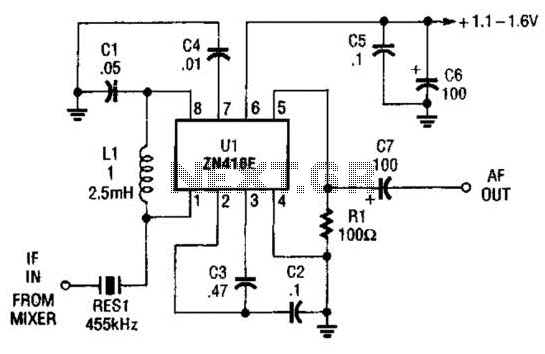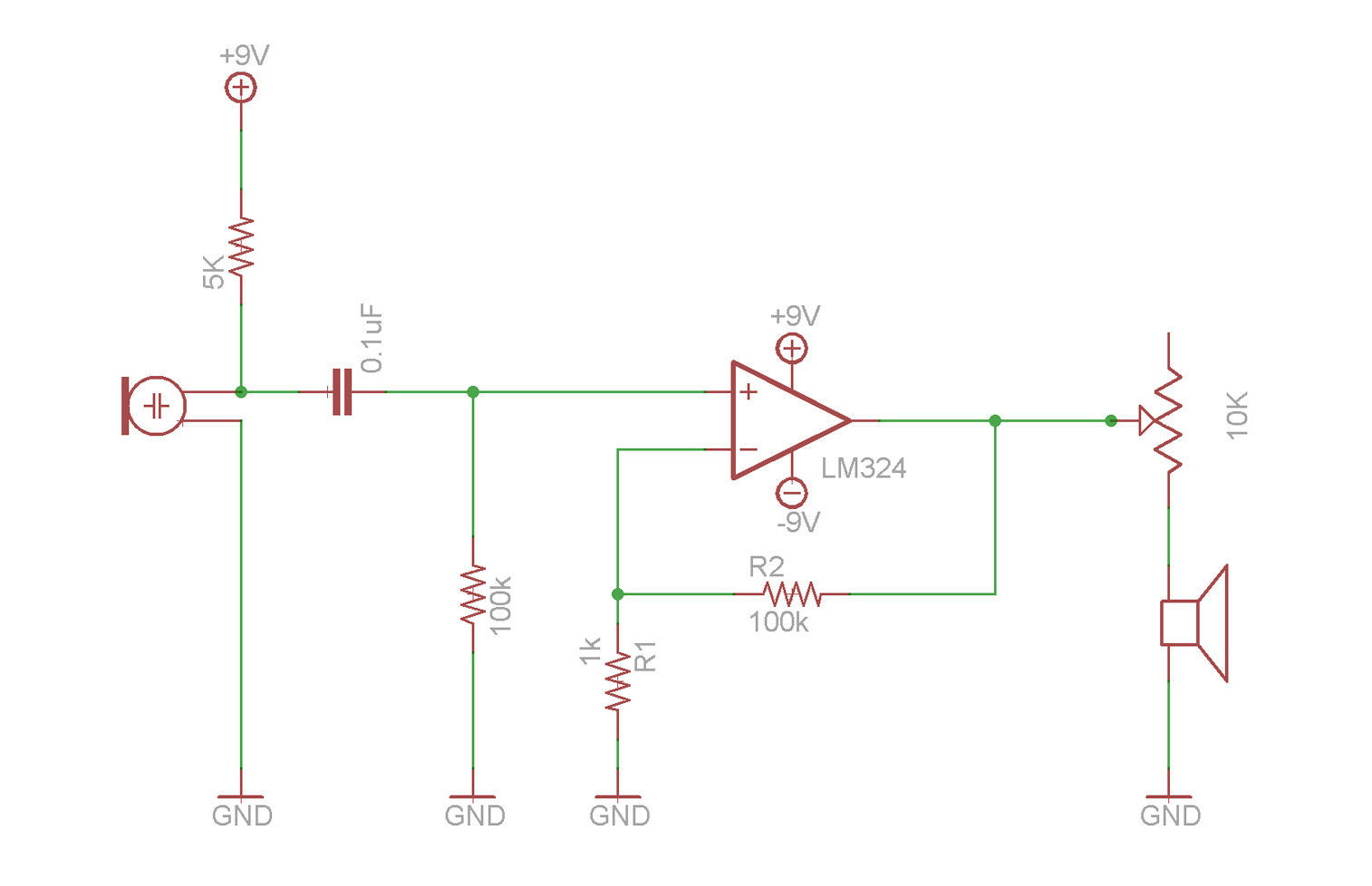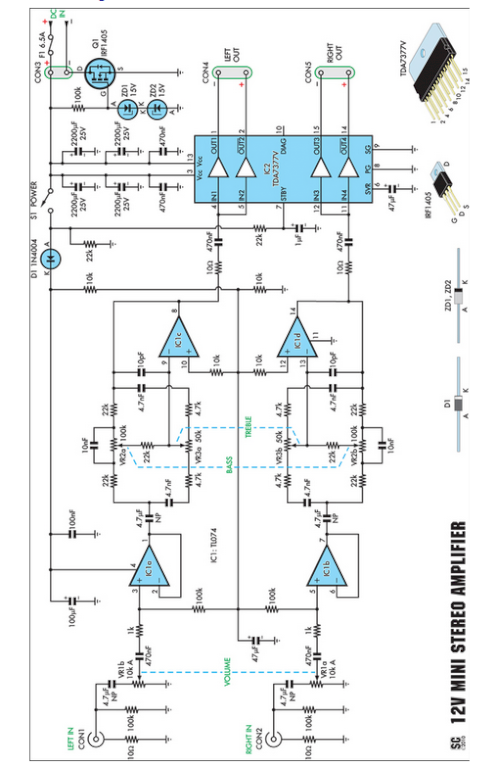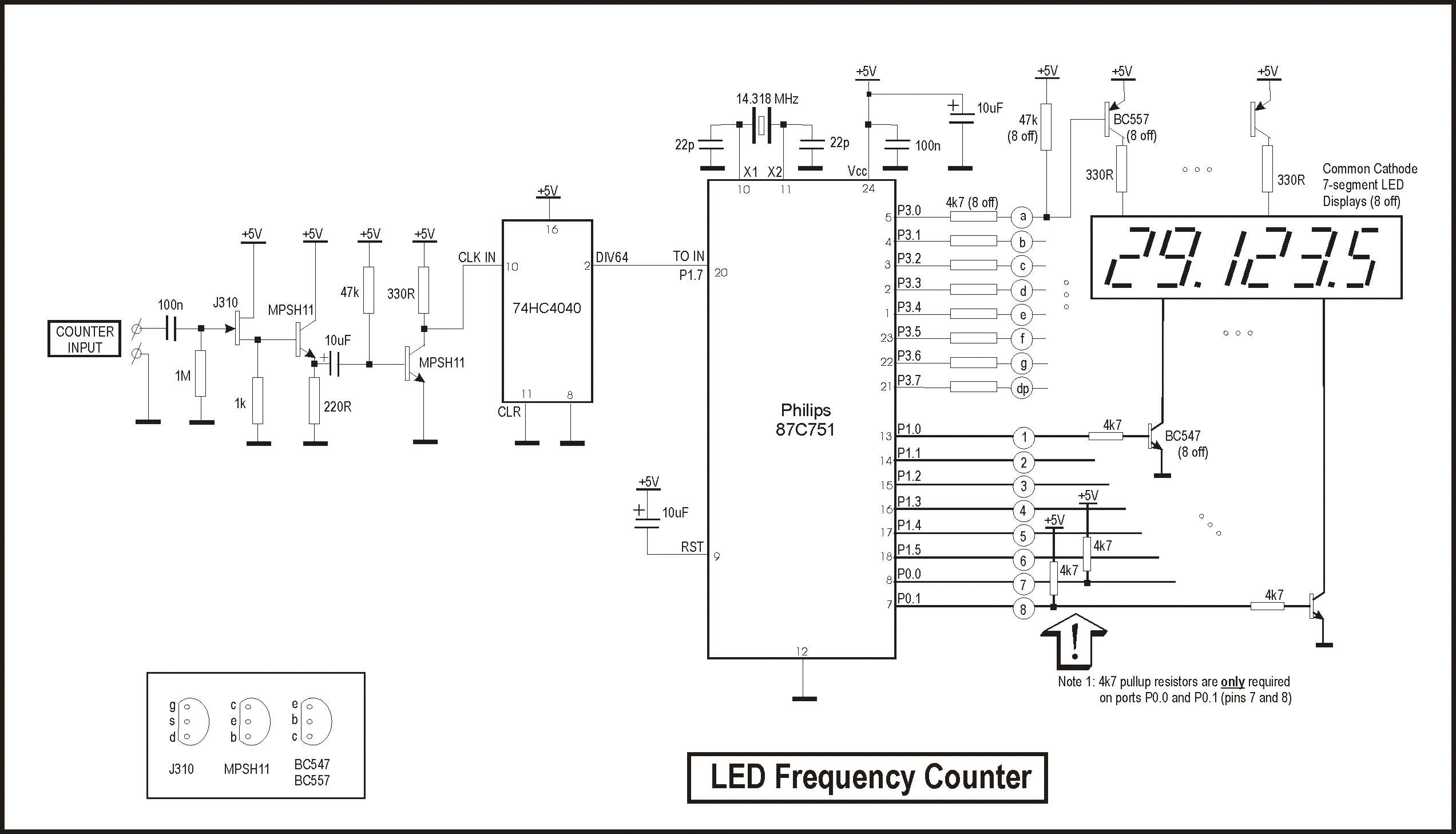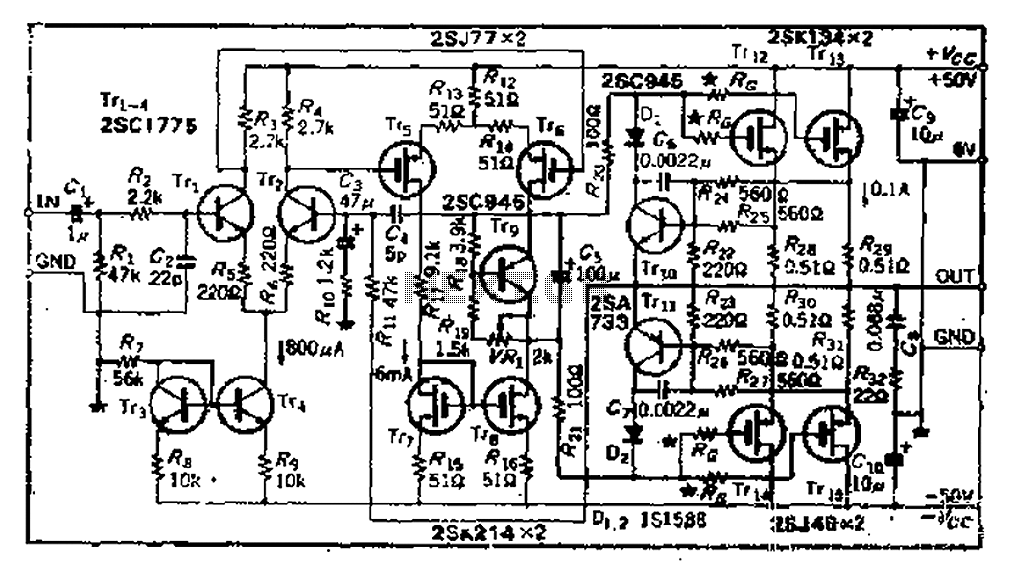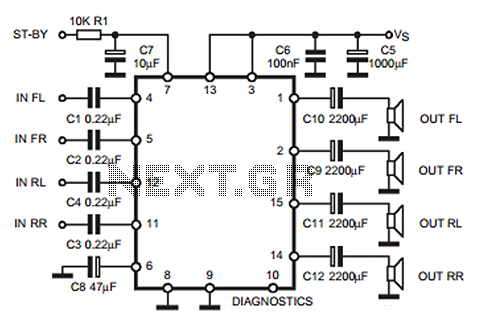
Microphone AGC amplifier
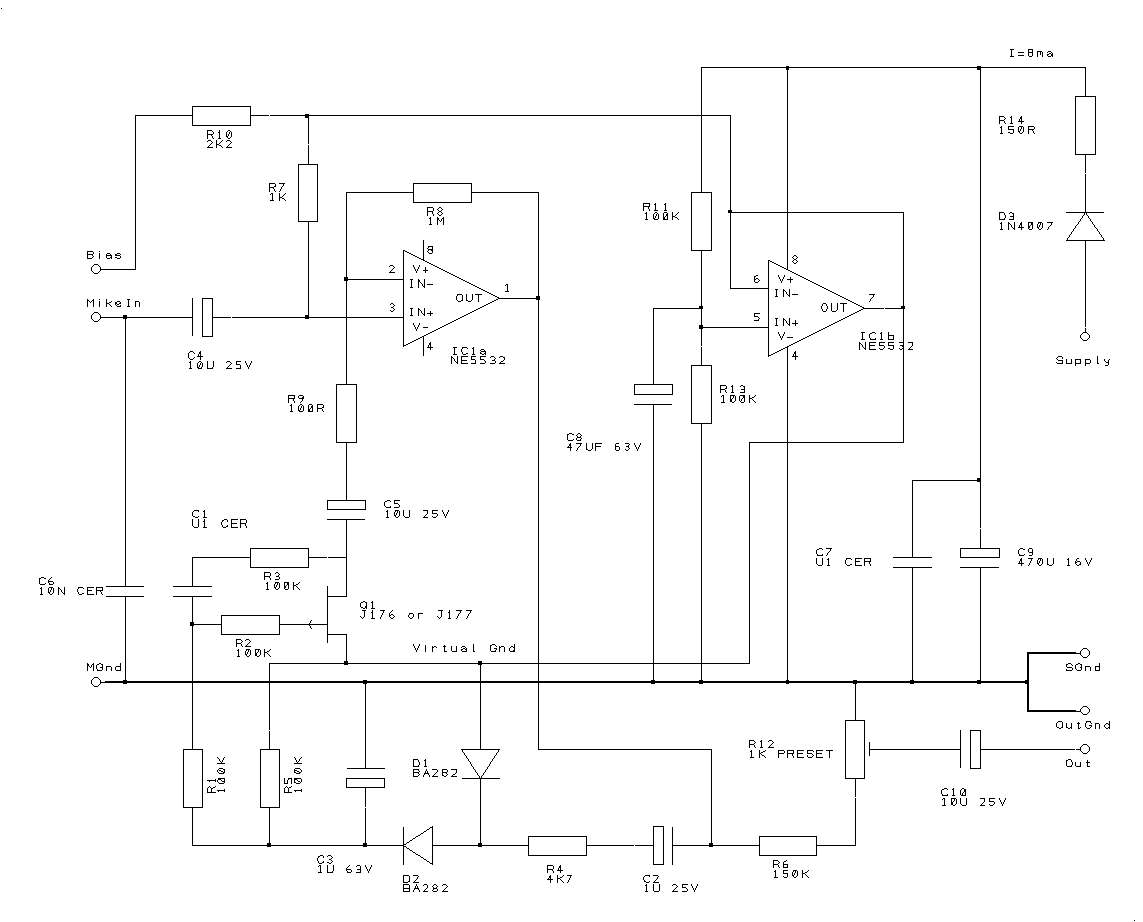
A homebrew 2M transceiver was designed for mobile use, eliminating the need for a fist microphone. A low-cost personal hands-free kit for mobile phones was initially considered, but it resulted in inadequate audio performance. The circuit utilized had a fixed amplification, which could be adjusted but would cause distortion if the microphone position changed or if the user raised their voice to overcome vehicle noise. The circuit described here provides additional gain to increase microphone sensitivity, allowing the use of low-cost mobile phone accessories, and incorporates automatic gain control (AGC). During development, it became evident that this design could also serve as a desk microphone, yielding good audio quality throughout the workshop. Previous designs had successfully implemented the Plessey VOGAD IC type SL6270, but it is no longer available. This design, while not entirely original, offers a cost-effective alternative to the Plessey solution. The circuit diagram shows that IC1a amplifies the incoming microphone signal, with gain determined by R8 and the combination of R9 and the drain/source resistance of Q1. Minimum negative feedback and maximum gain occur when Q1 has minimal resistance. The output from IC1a at pin 1 feeds into a voltage doubler circuit comprising C2, D1, D2, and smoothing capacitor C3. This feedback voltage is applied to the gate of Q1. Minimum source-to-drain resistance occurs when the gate voltage is at or below the source potential. As the op-amp's AC output increases, the gate DC voltage of Q1 also rises, increasing its resistance and reducing gain. At a gate-to-source voltage of approximately 2.5V, equilibrium is established, where any increase in input to the op-amp results in an equal reduction in gain, achieving automatic gain control. An appropriate microphone signal for the transceiver is obtained by attenuating the output of IC1a using R6 and R12. IC1b functions as a unity gain buffer amplifier, with its output voltage set to half the supply voltage by R11 and R13, while C8 provides long-time constant smoothing. IC1b serves as a virtual ground, correctly biasing IC1a and providing a relatively noise-free bias for an electret microphone, if necessary. To minimize component count and avoid significant voltage drops, no regulator is included; R14 and C9 provide supply smoothing, aided by D3. This diode protects the op-amp from the vehicle's electrical environment, where voltage spikes of ±100 Volts or more can occur due to heavy inductive load switching. Due to the low component count, the circuit can be easily assembled on strip board, although a PCB design is available for a more compact layout. For D1 and D2, Schottky diodes are preferred, although 1N4148 types are also suitable. The FET is a P-channel junction type, but an N-channel type can be used by reversing the polarities of D1, D2, and C3. Other components are not critical, but using an NE5532 for IC1 is advisable due to its high gain/bandwidth product of 10MHz, which is unmatched by many other devices. The module is best positioned within the radio itself, as it remains functional even when not using hands-free and is protected from large RF fields emitted by the antenna. If used with a commercial transceiver, space constraints may necessitate housing the module in its own enclosure. If made into a self-contained unit, it is recommended that the ground (negative supply) connection be made to the transceiver's ground to ensure a common reference point.A homebrew 2M transceiver I wanted to use it mobile so I wouldn`t have been able to use a fist mike. I had the bright idea of using one of those cheap personal hands free kits you can buy for mobile phones, however once installed reality struck home - hardly any audio! Like the microphone amplifier of many Ex PMR radios and lowcost hand helds, the circuit I used had fixed amplification. Gain could be increased but it would then lead to the problem of distortion if the microphone position changed or I shouted to get over vehicle noise. The simple circuit described here gives additional gain so increasing the microphone sensitivity, enabling low cost mobile phone accessories to be used and also adds AGC (automatic gain control) action.
Whilst developing the circuit it was obvious that the same design would make a good desk microphone, the prototype allowed me to obtain good quality audio from anywhere in the workshop. A few years back one of my transceiver designs incorporated the Plessey VOGAD IC type SL6270 to good effect, unfortunately they now seem to be deleted from distributor`s lists.
This design is not totally original with elements previously being used elsewhere1, but it does provide a cost-effective alternative to the Plessey solution. Figure 1 shows the circuit diagram, IC1a amplifies the incoming microphone signal with the gain set by R8 and the combination of R9 and the drain / source resistance of Q1.
Minimum negative feedback hence maximum gain occurs when Q1 is at minimum resistance. The output from IC1a at pin 1 is applied to the voltage doubler circuit of C2, D1, D2 and smoothing capacitor C3. This feedback voltage is applied to the gate of Q1. Minimum source to drain resistance occurs when the gate is at (or below) the source potential, as the op amp AC output increases Q1`s gate DC voltage also increases so increasing it`s resistance and decreasing gain.
At a gate to source voltage of about 2. 5V equilibrium is met where any increase in input to the op amp produces an equal reduction in gain I. E. automatic gain control. An appropriate microphone signal for the transceiver is obtained by potting down output of IC1a by R6 and R12.
IC1b is wired as a unity gain (buffer) amplifier with it`s output voltage set at ½ the supply voltage by R11 and R13, C8 provides smoothing with a long time constant. IC1b therefore provides a virtual ground, this is used to bias IC1a correctly and provide a relatively noise free bias for an electret microphone if required.
To keep the component count as low as possible and to avoid a large voltage drop no regulator has been used, the circuit of R14 and C9 provides supply smoothing assisted by D3. The primary function of this diode is to protect the op amp from the hostile vehicle electrics, voltage spikes of ±100 Volts or more are not uncommon in a car due to the switching of heavy inductive loads.
As the component count is low the circuit can quite easily be built onto a piece of strip board, I have designed a PCB for a more compact designFor D1 and D2 its best to use shotky diodes although 1N4148 types will work. The FET is a P channel junction type although by reversing the polarity of D1, D2 and C3 an N channel type may be used.
Other components aren`t critical although it is advisable to use an NE5532 for IC1, this dual op amp has a very high gain / bandwidth product of 10MHz which is matched by few other devices. The best place to fit this module is within the radio itself, as it`s still useful if hands free isn`t being used and the case will give protection against large RF fields from the antenna.
If used with a commercial transceiver though it`s unlikely that there will be enough room so the module will have to be fitted in it`s own box. If made into a self contained unit I would recommend that the earth (negative supply) be made by the ground connection to the transceiver, this way an eart
🔗 External reference
Whilst developing the circuit it was obvious that the same design would make a good desk microphone, the prototype allowed me to obtain good quality audio from anywhere in the workshop. A few years back one of my transceiver designs incorporated the Plessey VOGAD IC type SL6270 to good effect, unfortunately they now seem to be deleted from distributor`s lists.
This design is not totally original with elements previously being used elsewhere1, but it does provide a cost-effective alternative to the Plessey solution. Figure 1 shows the circuit diagram, IC1a amplifies the incoming microphone signal with the gain set by R8 and the combination of R9 and the drain / source resistance of Q1.
Minimum negative feedback hence maximum gain occurs when Q1 is at minimum resistance. The output from IC1a at pin 1 is applied to the voltage doubler circuit of C2, D1, D2 and smoothing capacitor C3. This feedback voltage is applied to the gate of Q1. Minimum source to drain resistance occurs when the gate is at (or below) the source potential, as the op amp AC output increases Q1`s gate DC voltage also increases so increasing it`s resistance and decreasing gain.
At a gate to source voltage of about 2. 5V equilibrium is met where any increase in input to the op amp produces an equal reduction in gain I. E. automatic gain control. An appropriate microphone signal for the transceiver is obtained by potting down output of IC1a by R6 and R12.
IC1b is wired as a unity gain (buffer) amplifier with it`s output voltage set at ½ the supply voltage by R11 and R13, C8 provides smoothing with a long time constant. IC1b therefore provides a virtual ground, this is used to bias IC1a correctly and provide a relatively noise free bias for an electret microphone if required.
To keep the component count as low as possible and to avoid a large voltage drop no regulator has been used, the circuit of R14 and C9 provides supply smoothing assisted by D3. The primary function of this diode is to protect the op amp from the hostile vehicle electrics, voltage spikes of ±100 Volts or more are not uncommon in a car due to the switching of heavy inductive loads.
As the component count is low the circuit can quite easily be built onto a piece of strip board, I have designed a PCB for a more compact designFor D1 and D2 its best to use shotky diodes although 1N4148 types will work. The FET is a P channel junction type although by reversing the polarity of D1, D2 and C3 an N channel type may be used.
Other components aren`t critical although it is advisable to use an NE5532 for IC1, this dual op amp has a very high gain / bandwidth product of 10MHz which is matched by few other devices. The best place to fit this module is within the radio itself, as it`s still useful if hands free isn`t being used and the case will give protection against large RF fields from the antenna.
If used with a commercial transceiver though it`s unlikely that there will be enough room so the module will have to be fitted in it`s own box. If made into a self contained unit I would recommend that the earth (negative supply) be made by the ground connection to the transceiver, this way an eart
🔗 External reference
